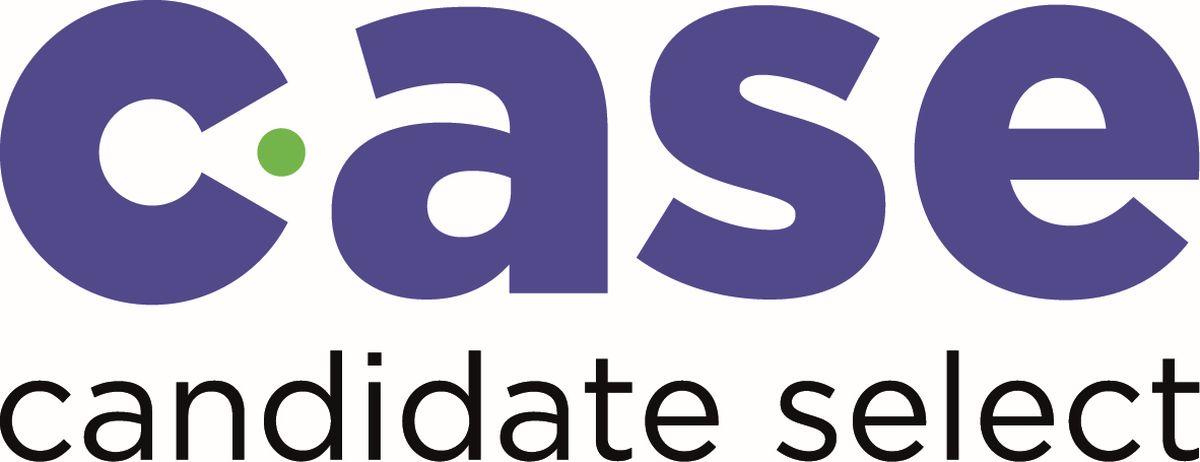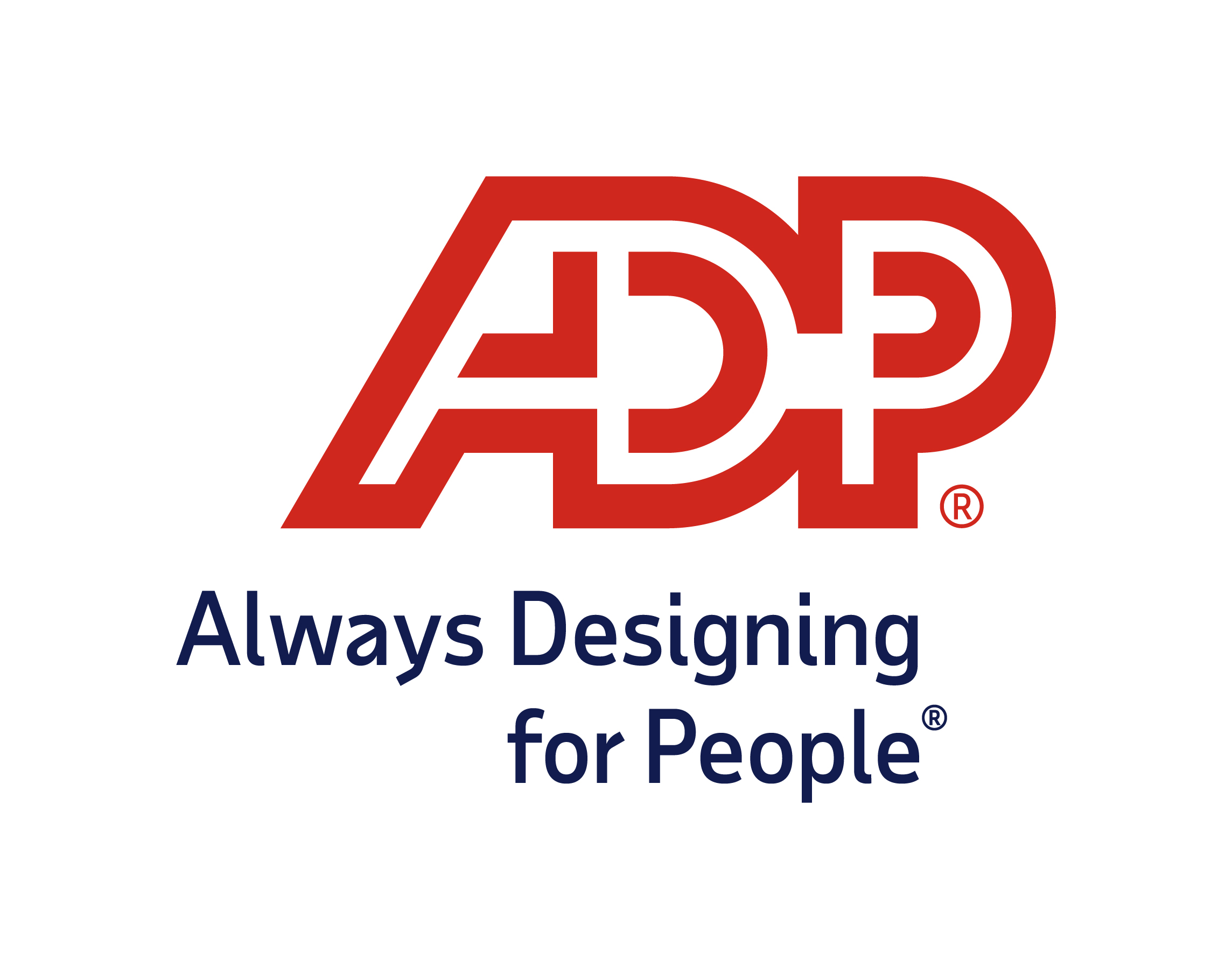For many, landing a job driving a Big Brown Machine for UPS is a dream gig. Not only do UPS drivers earn a competitive salary and enjoy benefits, they’re onboard with a company that’s been repeatedly recognized by leading business publications and nonprofit organizations as one of America’s “best places to work” and “launch a career.”

Still, the life of UPS drivers, or DSPs (driver service providers), as the company calls them, has grown increasingly complex over time. “If you turn the clock back 15 to 20 years, we offered far more basic services. Over the course of time, technology and the demands of the business created the need for more products and information services,” says Peggy Emmart, corporate schools coordinator of UPS’ corporate training and development department. “While in the early ‘90s our DSPs may have needed to concentrate on eight key tasks each day, they now routinely perform 30 to 40 major tasks within the same timeframe.”
The problem UPS faced in 2004 was that DSP training hadn’t kept pace with the evolving demands of the job. “Our legacy training was pretty much instructor-led,” says Emmart, “and included nearly 40 hours of lecture-based study.” This format, she says, wasn’t adequately preparing DSPs to perform successfully on day one, nor was lecture-style training an effective way to teach Generation X and Y DSPs, who comprise the bulk of UPS’ new driver workforce each year.
Mehr auf:
www.trainingmag.com














